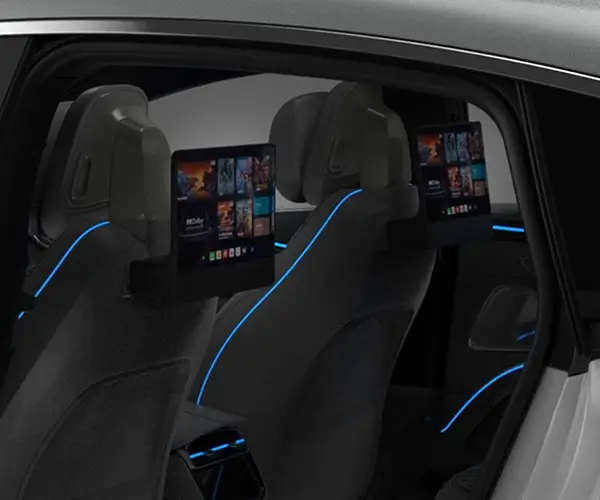Thinking about hooking up two servo motors to an Arduino? It’s actually easier than you might think, but there’s some finesse involved if you want smooth control. It’s like juggling—once you get the rhythm, everything falls into place. Let’s break it down.

First off, you need a reliable power supply. Servo motors are hungry little beasts—pulling quite a bit of current—so, don’t just use the Arduino’s 5V pin. A dedicated power source is smarter, especially if you’re planning to run both motors at once. Think of it like giving your servo motors their own energy drink—they perform better and stay stable.
Next, the wiring. Connect the power and ground wires from each servo to your power supply. Then, connect the signal wires to separate digital PWM pins on your Arduino—maybe pin 9 and 10. It’s straightforward, but pay attention: a loose connection is like a bad joke—unsatisfying and easily disrupted. Secure everything, maybe with some solder or sturdy connectors.
Now, coding. You’ll want to include the Servo library—very handy and makes controlling multiple servos a no-brain task. Just instantiate two Servo objects, attach their signal pins, and you’re ready. Playing with the angles—that’s where the fun begins. It’s all about tuning. Want the motors to move smoothly from 0 to 180 degrees? Just write a loop that increments the position gradually. No need for complex algorithms—sometimes simple, steady movement hits the sweet spot.
But, here’s a tricky part: synchronization. Making both servos move in perfect harmony can be a challenge. You might ask, “Can I control both with a single command?” Well, yes, but for nuanced control, you’ll want to send individual commands. Think of it like dancing—sometimes they step together, sometimes they go solo—but whatever you do, watch out for jittery movements; that’s often caused by power or signal interference.
Want a quick tip? Use a capacitor—say 100uF—across the servo power lines. It acts like a buffer, smoothing out sudden current spikes and preventing dips that cause jitter or resets.
So, why bother? Connecting two servos easily opens doors for projects like robotic arms, camera gimbals, or even small drones. It’s all about precision and reliability. Customers wonder—can I control two servos without lag? Absolutely. Just keep your wiring tight and power stable.
Choosing the right hardware really makes a difference. Besides the servo and Arduino, think about quality power supplies, shielded cables, and maybe even a testing jig. Once you master these basics, you’ll find it’s very satisfying—like tuning a guitar, where every string finds its perfect pitch.
In the end, connecting dual servo motors isn’t just a technical task. It’s about understanding the rhythm of your components, making everything dance together seamlessly. When you get it right, the movement’s smooth, the control’s tight, and your project transforms from a simple idea into real, working magic.
Established in 2005, Kpower has been dedicated to a professional compact motion unit manufacturer, headquartered in Dongguan, Guangdong Province, China. Leveraging innovations in modular drive technology, Kpower integrates high-performance motors, precision reducers, and multi-protocol control systems to provide efficient and customized smart drive system solutions. Kpower has delivered professional drive system solutions to over 500 enterprise clients globally with products covering various fields such as Smart Home Systems, Automatic Electronics, Robotics, Precision Agriculture, Drones, and Industrial Automation.




































